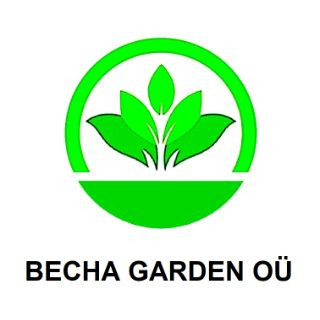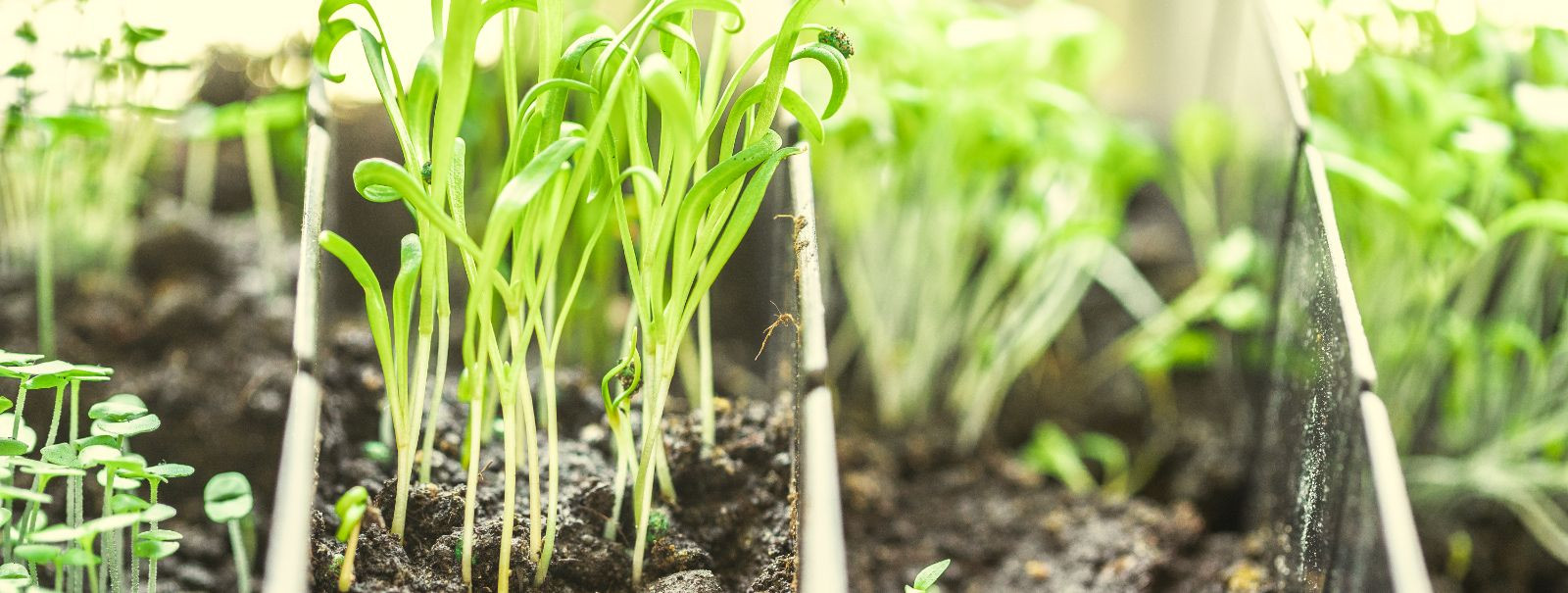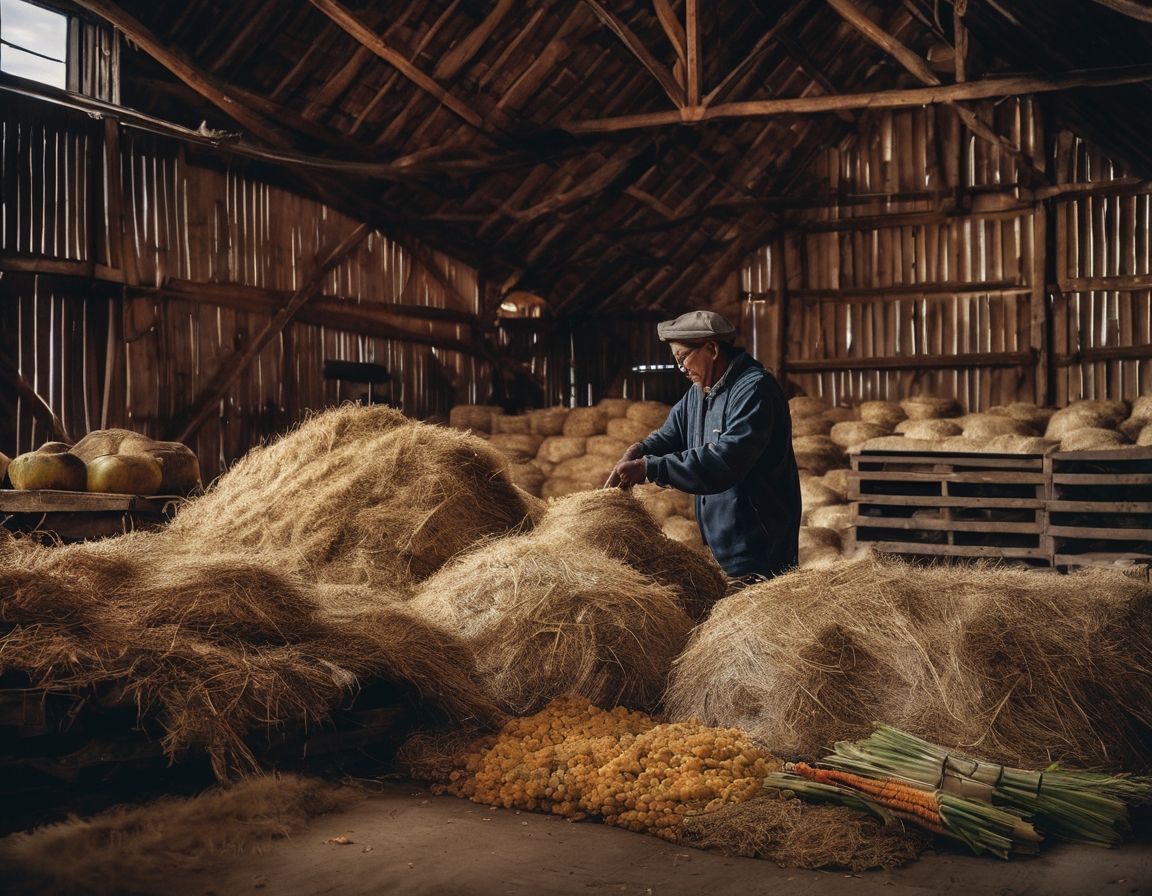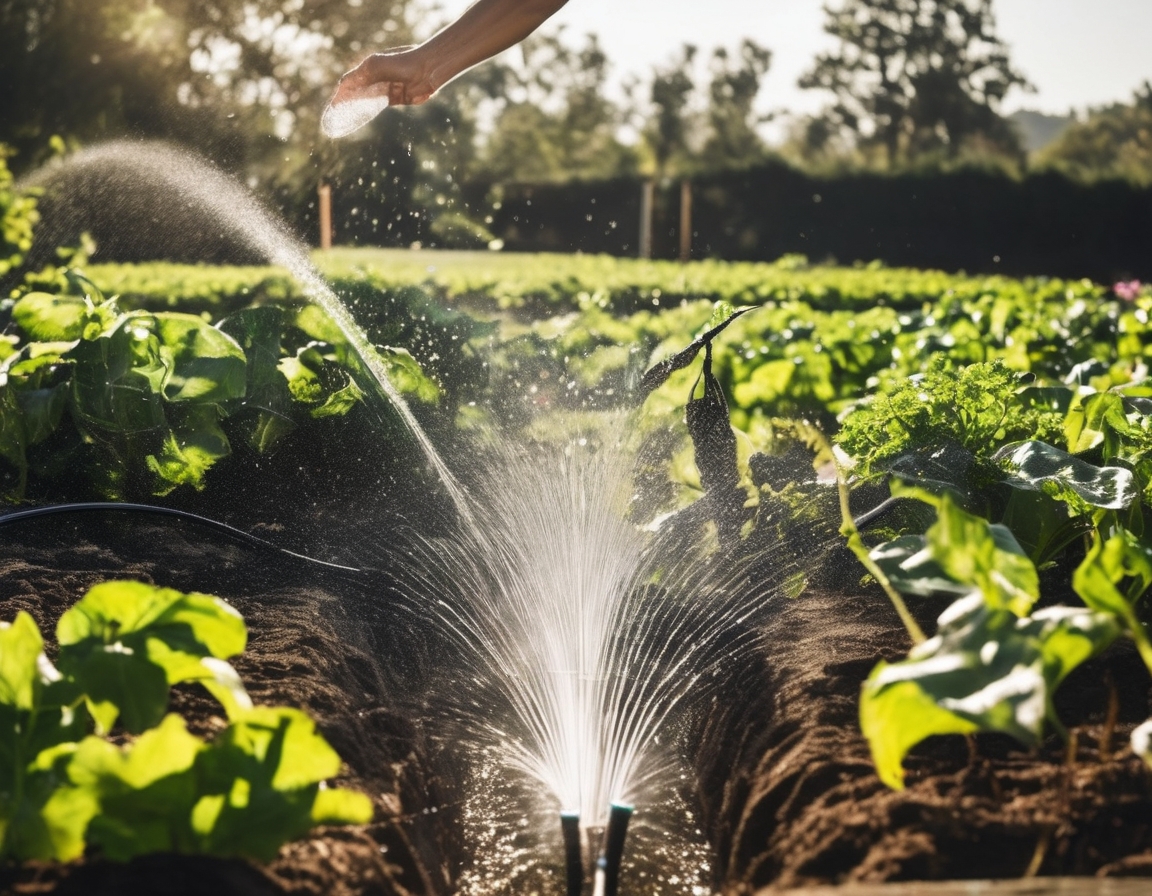Top 5 tips for successful sowing and planting
Before you begin sowing and planting, it's crucial to understand the type of soil you are working with. Soil testing provides valuable insights into the pH level, nutrient content, and texture of your soil, allowing you to make informed decisions about amendments and plant selection.
Soil types vary widely, from sandy and loamy to clay and silt. Each type has unique characteristics that affect water retention, drainage, and nutrient availability. For instance, sandy soil drains quickly but may require more frequent watering, while clay soil retains moisture but can become compacted.
Once you know your soil type, you can amend it to improve its structure and fertility. Adding organic matter such as compost or well-rotted manure can enhance soil texture and nutrient content, promoting healthier plant growth.
2. Choosing the Right Seeds and Plants
When choosing seeds, consider factors such as climate, soil type, and the amount of sunlight your garden receives. Opt for seeds that are well-suited to your local conditions to ensure successful germination and growth.
Plant hardiness zones provide a guide to the types of plants that can thrive in your area based on temperature extremes. Selecting plants that are appropriate for your zone increases the likelihood of a successful harvest.
Companion planting involves growing certain plants together to enhance growth, deter pests, and improve yields. For example, planting basil alongside tomatoes can enhance flavor and deter pests.
3. Timing Your Planting
Timing is critical in gardening. Planting too early or too late can affect germination and growth. Understanding the optimal planting times for different crops ensures that your plants have the best chance to thrive.
Consider the seasonal changes in your area when planning your planting schedule. Some plants prefer cooler temperatures, while others thrive in the heat of summer.
A planting calendar is a valuable tool for organizing your gardening activities. It helps you keep track of planting dates, germination times, and harvest periods, ensuring a well-managed garden.
4. Proper Planting Techniques
Proper planting depth and spacing are crucial for healthy plant development. Planting too deep can hinder growth, while overcrowding can lead to competition for resources. Follow guidelines specific to each plant type for optimal results.
Consistent and appropriate watering is essential for plant health. Overwatering can lead to root rot, while underwatering can stress plants. Aim for deep, infrequent watering to encourage strong root systems.
Mulching helps retain soil moisture, suppress weeds, and regulate soil temperature. Organic mulches, such as straw or wood chips, also add nutrients to the soil as they decompose.
5. Sustainable Gardening Practices
Using organic fertilizers and natural pest control methods supports a healthy ecosystem in your garden. Compost, manure, and green manures enrich the soil, while beneficial insects and companion planting help manage pests.
Implementing water conservation techniques, such as drip irrigation and rainwater harvesting, reduces water usage and supports sustainable gardening practices.
Promoting biodiversity by planting a variety of species attracts beneficial insects and wildlife, creating a balanced and resilient garden ecosystem.






Comments (0)